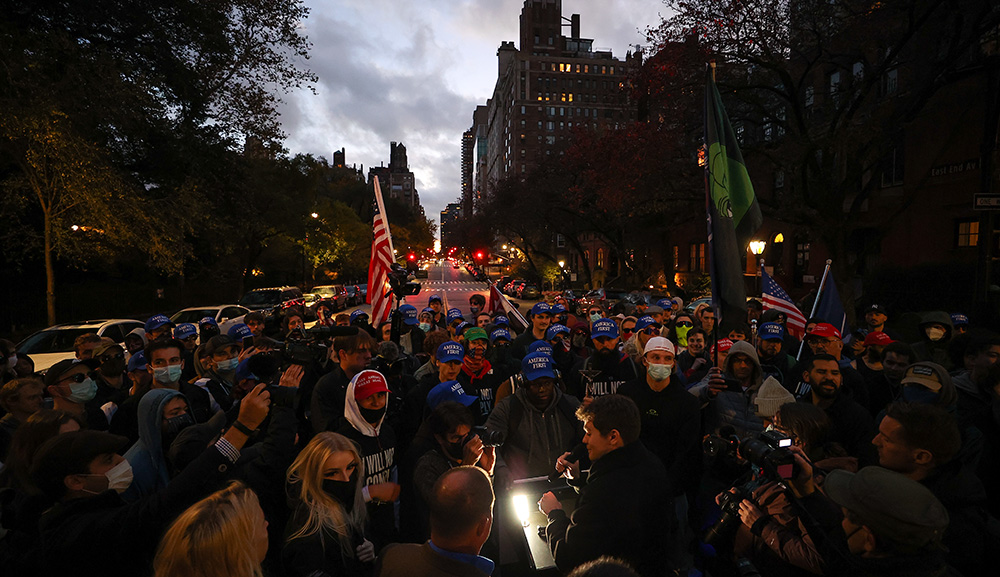Citing the adage that you don’t get a second chance to make a first impression, John Hannah argues that the next president will have at most six months to show the rest of the world what sort of leader he or she will be. Making the correct impression will be especially important given the current disarray of American foreign policy. To this end, Hannah offers some recommendations:
Maintain a long-term troop presence in Iraq even after Islamic State’s caliphate is destroyed. . . . Communicate immediately to Iran through private channels that further threats to U.S. naval vessels in the Persian Gulf will no longer be tolerated. The next time Iranian gunboats swarm one of our ships, they will face lethal force. And should Iran fail to heed that warning, follow through decisively and be prepared to escalate accordingly—and disproportionately.
Additionally, make sure the Israeli prime minister is among the first foreign leaders received at the White House and leave no doubt that the days of public backbiting and “distancing” from America’s most important and capable Middle Eastern ally are over. While relying on the State Department and other relevant agencies to maintain active diplomacy with China, Russia, and even Iran, focus the bulk of the president’s personal diplomatic energies during the first year on consolidating relations with allied nations—in NATO, the Middle East, and Asia, including trips to each region, if possible.
The message should be unmistakable: maintaining the strength and vitality of America’s alliances is at the center of our global strategy, not propitiating those who mean us harm. The distinction between the two sets of actors should be clear—and certainly not turned on its head as has too often been the perception under President Obama.
Another point of differentiation from the Obama team: try to do as much of this as possible without trashing the previous administration, especially overseas. Let the actions speak for themselves. Also: no more apologizing for past U.S. failures or alleged transgressions.
More about: Barack Obama, Iran, Politics & Current Affairs, U.S. Foreign policy, U.S. Presidential election, US-Israel relations


